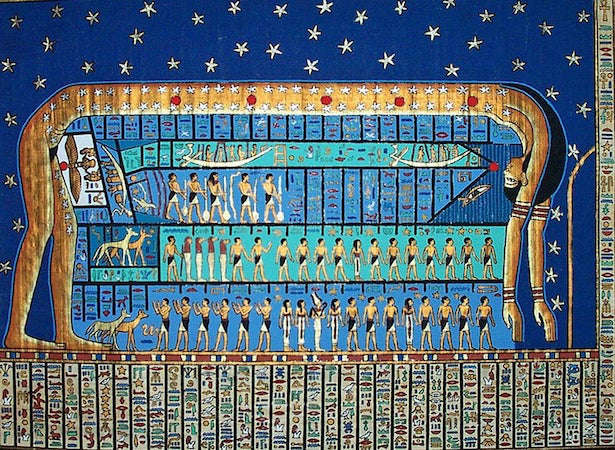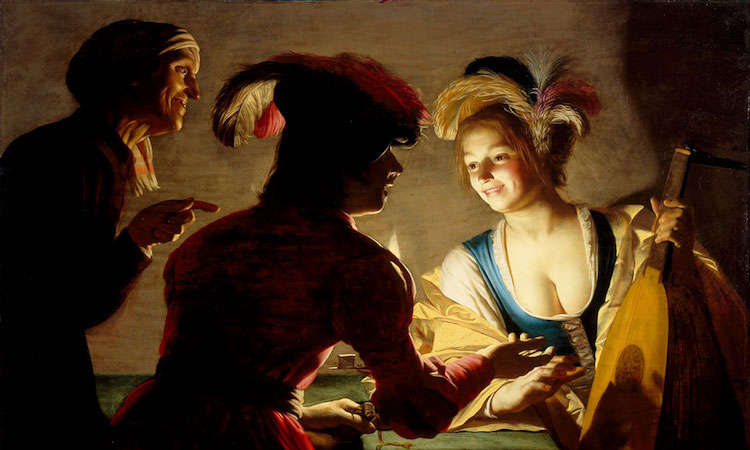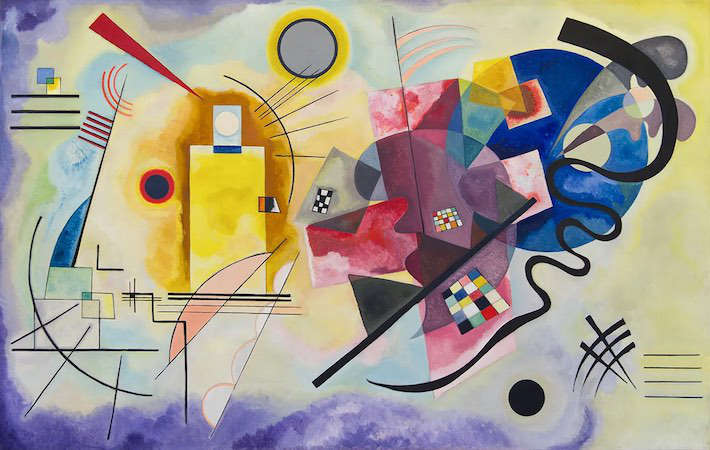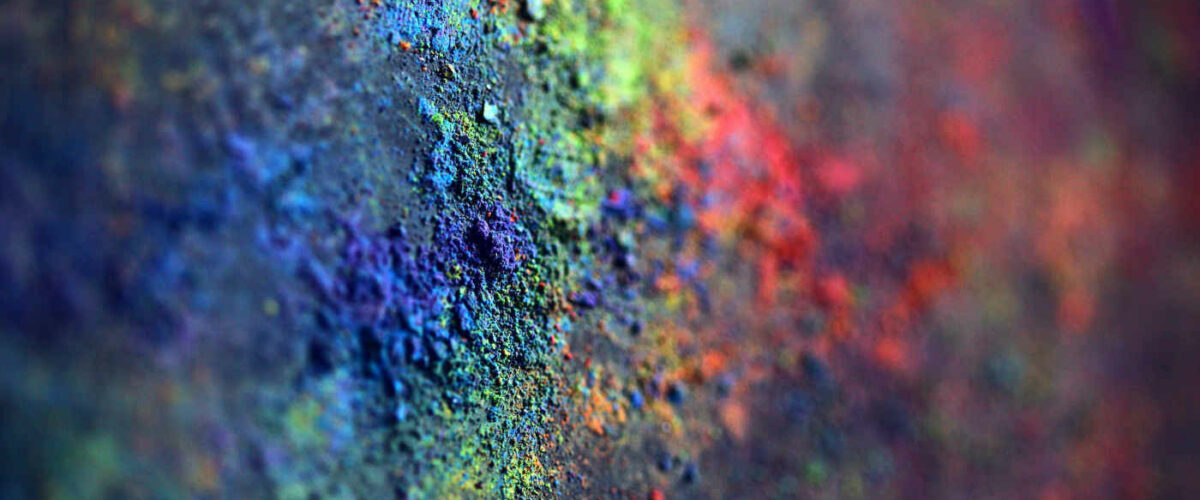Color is a fundamental element in the art that has the power to evoke emotions, convey meaning, and captivate the viewer. From vibrant hues to subtle tones, artists throughout history have utilized the psychology of color to create powerful visual experiences in their artwork. In this article, we will delve into the fascinating world of color in art, examining its psychological effects, exploring interesting facts, and highlighting renowned artists and their iconic paintings.
The Psychology of Color in Art
Colors have a profound impact on human psychology, influencing our moods, emotions, and perceptions. Artists have long recognized this phenomenon and have skillfully employed color to elicit specific emotional responses from their viewers. Here are some key insights into the psychology of color in art:
Red
The color red is often associated with strong emotions such as passion, love, and anger. It can evoke a sense of excitement, energy, and intensity. Renowned artist Mark Rothko, known for his abstract expressionist works. Often used red in his paintings to convey deep emotional states, creating a sense of drama and intensity in his iconic artworks such as “No. 61 (Rust and Blue)”.
Blue
Blue: Blue is often associated with calmness, tranquility, and stability. It can also evoke feelings of sadness and melancholy. Artist Yves Klein, known for his monochromatic blue paintings. Explored the psychological and emotional aspects of color, particularly blue, in his iconic artwork “Blue Monochrome”. Which considered a masterpiece of color psychology.
Yellow
Yellow – often associated with happiness, warmth, and optimism. It can create a sense of joy and vibrancy in the artwork. Dutch post-impressionist artist Vincent van Gogh utilized yellow in his iconic painting “Sunflowers”. Where he used color to convey a sense of vitality and optimism.
Green
Green – often associated with nature, growth, and harmony. It can evoke a sense of tranquility and balance. Artist Georgia O’Keeffe, is known for her vivid depictions of nature. Used green extensively in her paintings of flowers and landscapes, creating a serene and harmonious ambiance in her artwork.
Black and White
While not technically colors, black and white – often used in art to convey contrast, simplicity, and elegance. Renowned artist Pablo Picasso used black and white in his iconic artwork “Guernica”. Depicting the horrors of war, to create a stark and powerful visual impact.
Interesting Facts about Color in Art
- In ancient Egypt, color was used symbolically in art, with certain colors reserved for specific deities. For example, the color blue was associated with the sky and divinity, while green was associated with fertility and rebirth.

- In Renaissance art, artists often used a technique called “chiaroscuro”. Which involves the use of light and dark contrasts to create a three-dimensional effect. This technique utilized the psychological impact of color to create depth and dimension in paintings.

Mediatrix, 1625
- The famous artist Wassily Kandinsky is often considered the pioneer of abstract art and color theory. He believed that color had its own inherent spiritual and emotional qualities, and he developed a system of color symbolism in his artwork. Associating colors with specific emotions and spiritual meanings.

Yellow-Red-Blue, 1925
Renowned Artists and their Paintings:
Claude Monet
Known for his Impressionist paintings, Monet extensively used color to capture the fleeting effects of light and atmosphere in his iconic artworks such as “Water Lilies and Japanese Bridge”. He utilized a vibrant palette of colors to create a sense of depth and movement in his artwork. Which became a hallmark of Impressionist art.
Frida Kahlo
The famous Mexican artist Frida Kahlo often depicted her emotional and physical pain through her artwork. And color played a significant role in her paintings. In her self-portraits, she used bold and vivid colors such as red, green, and blue to convey her emotions, struggles, and cultural identity. Her iconic painting “Self-Portrait with Thorn Necklace and Hummingbird” features a vibrant palette of colors that represent both her physical pain and her resilience as an artist.
Piet Mondrian
As a pioneer of abstract art, Piet Mondrian believed that color and form could evoke spiritual harmony. He used a limited palette of primary colors, along with black and white. In his iconic paintings such as “Composition with Red, Blue, and Yellow”. The carefully chosen colors and geometric shapes in his artwork create a sense of balance, rhythm, and abstraction. Representing his unique vision of the world.
Salvador Dalí
Known for his surrealistic paintings, Salvador Dalí often used color to create dreamlike and fantastical worlds in his artwork. His painting “The Persistence of Memory” is a prime example of his use of color to create a surreal and otherworldly atmosphere. The warm hues of yellow and brown, along with the cool tones of blue. Create a sense of mystery and intrigue, adding to the psychological impact of his artwork.
Helen Frankenthaler
As an influential figure in the Color Field painting movement, Helen Frankenthaler used color as the primary means of expression in her artwork. She developed a technique called “soak-stain”. In which she poured thinned paint onto unprimed canvas, allowing the colors to blend and create luminous and translucent effects. Her iconic painting “Mountains and Sea” exemplifies her innovative use of color. With its bold and expressive hues of blue, pink, and green that evoke a sense of serenity and expansiveness.
Conclusion
A color is a powerful tool in art, influencing our emotions, perceptions, and interpretations of artwork. From the vibrant palettes of Impressionist paintings to the bold abstractions of Color Field art. Artists have harnessed the psychological impact of color to create visually compelling and emotionally resonant artwork. Through the works of renowned artists such as Monet, Kahlo, Mondrian, Dalí, and Frankenthaler. We can see how color has been used to convey emotions, express ideas, and create unique visual experiences. The psychology of color in art continues to fascinate and inspire artists and viewers alike. And its significance in the world of art cannot be overstated. So, the next time you appreciate a painting, take a moment to consider the power of color and how it contributes to the overall impact of the artwork.
